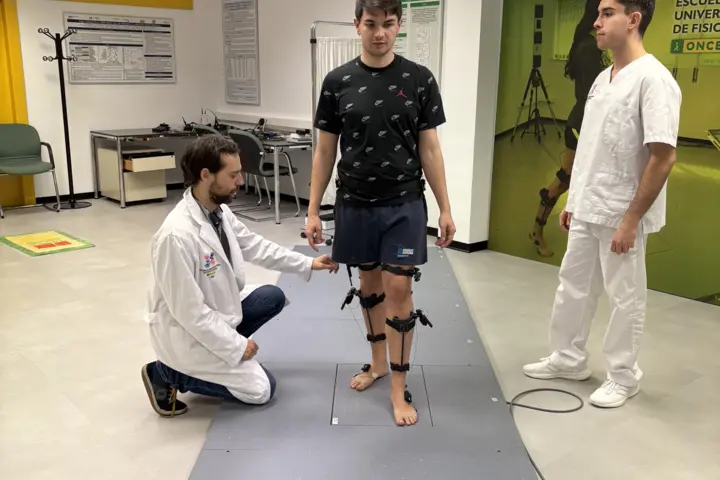ONCE (Organización Nacional de Ciegos Españoles) is a Spanish non-profit foundation dedicated to the inclusion of the blind and visually impaired. Since its founding in 1938, it has evolved into a complex and multidivisional organization. ONCE is part of the ONCE Social Group, which includes Ilunion and Fundación ONCE. The Group employs 75,000 individuals, 60% of whom have disabilities, making it the largest employer of persons with disabilities in the world and an international benchmark in terms of inclusion and equal opportunities. A key enabler for ONCE is its social, safe, and responsible charity lotteries, such as the Cupón, which is sold by blind or visually impaired people across Spain, often at special ONCE kiosks, for 2 euros each. Drawings happen every weekday with special weekend jackpots on Saturdays.
Driven by this funding, ONCE has owned and operated many important Spanish companies and institutions, such as a media company, a famous cycling team that competed in the Tour de France (1989–2003), and, closer to its original purpose, various educational projects and associations. One of these is the ONCE University School of Physiotherapy, which is part of the Autonomous University of Madrid (UAM), one of the most prestigious universities both in Spain and in all of Europe. The ONCE University School of Physiotherapy was founded in 1964 and is located in a green suburban area in the North of Madrid. Its goal is to train visually impaired people to become full-time professional physiotherapists. Juan Andrés Martín Gonzalo, who graduated from the school in 2006 and now teaches human anatomy and biomechanics, reports: “With our physiotherapist training program, we want to enable blind and visually impaired people to work as full-scope professional physiotherapists on the same level as people without any impairments.”







![Gait analysis: a Kistler force plate supports a gait lab at ONCE University School of Physiotherapy [object Object]](https://kistler.cdn.celum.cloud/SAPCommerce_Document_Preview/961-999e.webp)